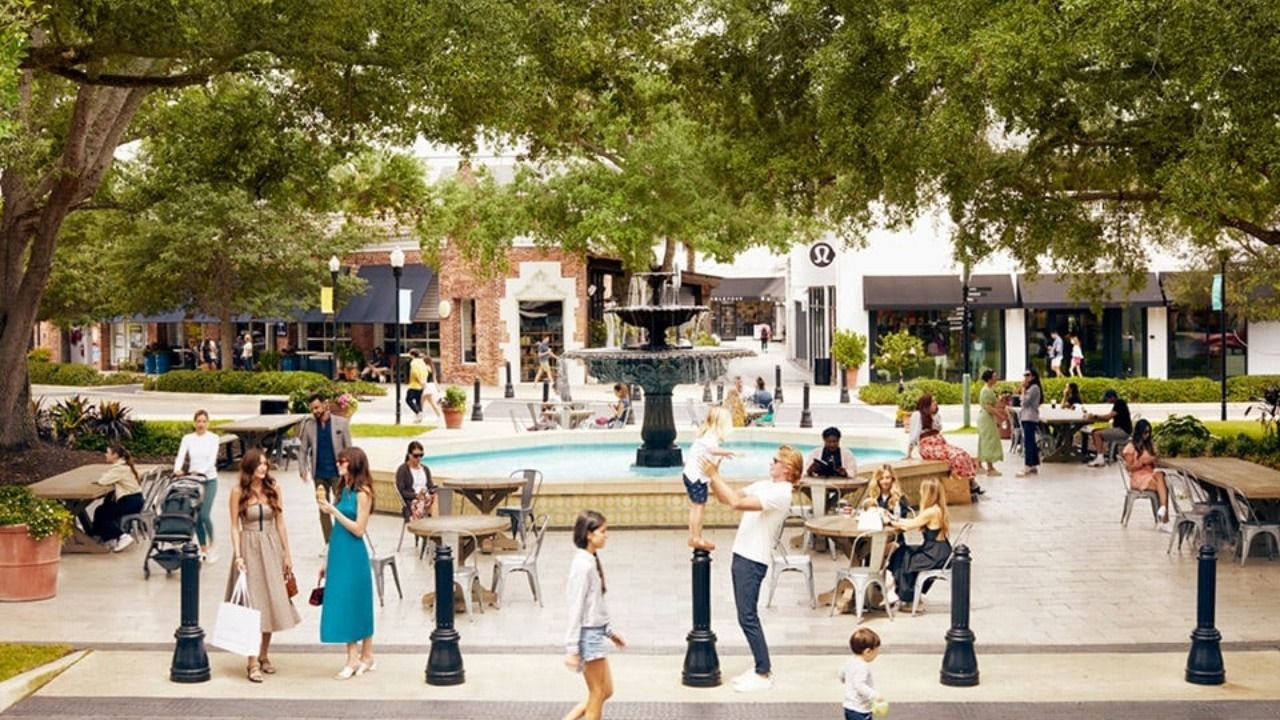The demographic landscape is undergoing a seismic shift as baby boomers reach retirement age—often called the “Silver Tsunami.” As of the 2020 census, one in six people in the United States was 65 or older.
The aging population grew from 2010 to 2020 at the fastest rate in over 100 years, nearly five times faster than the total population, according to data from ElderGuide.com. With the older population accounting for a staggering 16.8% of the U.S. population, or 55.8 million people in 2020, the real estate and financial sectors are in for a major shift.
Demographic shifts and the housing market
As quickly as the aging population grew between 2010 and 2020, we’re at an unprecedented place in history. Research shows we’re projected to reach 82 million people in this demographic by 2050 — a 47% increase, with the age group’s share of the total population jumping to 23%. The U.S. population is older today than it ever has been.
What does this mean for the housing market? There will undoubtedly be increased demand for senior living facilities and downsized homes alongside a decreased demand for large, family-sized homes. As more seniors look to smaller homes that are easier to maintain on their own or move into assisted living or nursing homes, the family homes they once maintained may lead to a potential surge in housing marketing inventory.
Jason Anderson, real estate broker and founder of VeteranPCS, explains, “We’re seeing several new economic factors shifting the real estate market. Affordable housing has been a common denominator. We’ve already seen an increase in the development of low-maintenance senior-living communities with lower square footage and pricing. Millennials are entering the homebuyer market or beginning to upgrade to larger homes to accommodate their family needs. We could see this shift benefit housing affordability as supply increases for large homes for millennials, but could, alternatively, keep prices high for smaller homes since more of the senior population has significant equity and purchasing power resulting from the boom in home prices.”
Economic impact of an aging population
The surge in seniors increases demand for healthcare services and elder care, leading to escalated healthcare costs. These costs strain public and private healthcare systems, requiring innovative solutions to manage spending without compromising care quality.
As the balance between working-age contributors and retirees shifts, pension systems are also under pressure. The imbalance will strain finances and may lead to retirement age and benefits adjustments, influencing individual retirement savings habits and financial planning.
The labor market also feels the impact, as an aging population can lead to a shrinking workforce, potentially hindering economic growth and productivity. However, this challenge presents an opportunity for technological innovation and advancement. Automation, AI, and remote working technologies can mitigate the reduced labor force’s impact, boosting productivity and opening new avenues for elder employment and contribution.
Investment opportunities and risks
The Silver Tsunami presents unique investment opportunities. As we need more senior housing and assisted living facilities to accommodate the aging population, investors will have stable returns due to the consistent need for these services. Along with places to live, the aging population will require medical care, driving demand for medical office spaces and other health-care-related properties.
However, these opportunities aren’t surefire bets and will come with risk. The surge in demand could easily lead to market saturation with over-construction. Because senior living and healthcare sectors are heavily regulated, any legal changes may impact profitability. Economic fluctuations can affect investment returns, as families may struggle to afford assisted living or elective medical procedures during tough times.
To mitigate these risks, investors should diversify their portfolios across different sectors and geographical locations. They should also stay current with regulatory changes and market trends to make informed decisions.
Policy implications and solutions
We must critically examine existing policies to ensure they effectively meet our growing needs. Current programs, including Medicare, Medicaid, and Social Security, are failing to meet the complex requirements of the senior population as they are. These programs often don’t provide adequate coverage of medical care, leading to strain on household budgets or foregoing care altogether.
Take, for instance, the issues with Medicare Advantage plans. In 2023, over 50% of seniors enrolled in one due to advertising campaigns. Seniors often switch to these plans to save money upfront without realizing the difficulty of returning to traditional Medicare. Many people also face the reality that treatment often ends up much further away, without the freedom to choose their provider. Treatment is delayed since many of these plans require prior authorization before receiving specific services.
There is a pressing need for comprehensive policy reforms that can provide a robust support system, such as:
- Enhancing Senior-Friendly Housing: Offer incentives to developers to build accessible, affordable senior housing. Go beyond the homes’ physical design to integrate supportive services that allow for aging in place.
- Strengthening Elder Care Services and Healthcare Infrastructure: Adequate funding and support for healthcare infrastructure expansion are needed to meet the increased demand for health and elder care services. We must develop specialized medical facilities and integrate technology to improve access and efficiency.
- Community Planning and Development: Policies that promote the inclusion of senior needs in urban and community planning are needed. This ranges from ensuring public transportation is accessible to developing community centers that support the elderly’s social and recreational needs.
Preparing for the future
The Silver Tsunami presents a dual challenge and opportunity. It requires proactively addressing the evolving needs of the booming senior population in the real estate and elder care industries. With that comes the need for thoughtful planning, innovative policy-making, and a willingness to adapt to the changing tides of demographic evolution.
With strategic action, we can transform these challenges into possibilities for growth and development, crafting an environment where the aging population can thrive with dignity and receive the care and accommodations they deserve. The Silver Tsunami, with its far-reaching impacts, calls for a collective effort across sectors, generations, and communities to harness the wave of change for a sustainable and inclusive future.













